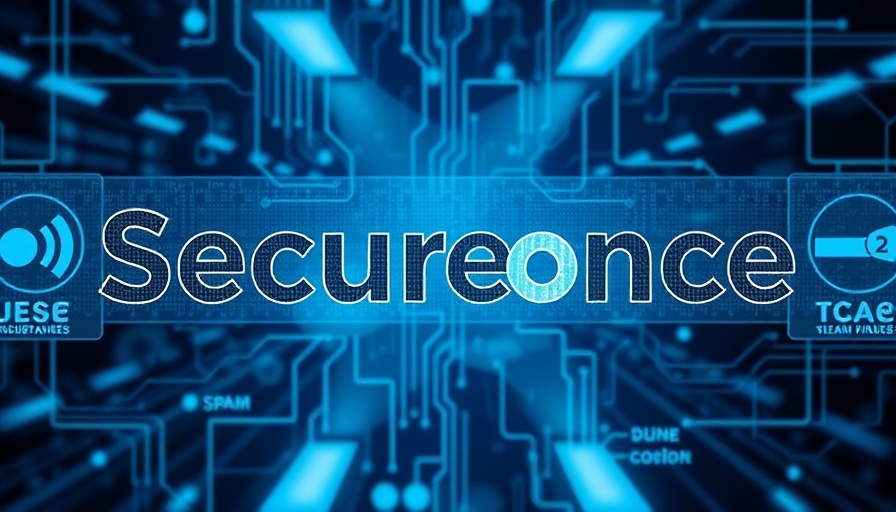
The Seattle Housing Plan: A Step Toward Sustainable Living
Amidst a whirlwind of legal challenges, Seattle's Comprehensive Plan update is set to proceed, offering a glimmer of hope for sustainable housing solutions in the city. After the city hearing examiner dismissed six legal appeals from neighborhood groups, Seattle Councilmembers are now free to resume their discussions around modernizing zoning laws that dictate where and how housing can be constructed. With the state's new 'missing middle' zoning law looming, this decision couldn't come at a more critical time.
Seattleites have long grappled with a housing crisis that has seen home prices skyrocket. The comprehensive plan serves as a roadmap to address these challenges by permitting more diverse housing options, including four- to six-unit developments in previously single-family zones. As Councilmember Joy Hollingsworth noted in a recent meeting, though the journey may not be smooth, addressing interim legislation is essential for meeting the state's legislative deadline.
Understanding the Legal Challenges: A Community Perspective
The six appeals submitted primarily by residents from communities like Madison Park and Mount Baker voiced concerns about the environmental impacts of proposed changes, touching on everything from stormwater management to maintaining urban greenery. While it's vital for residents to voice concerns about community changes, the challenges raised also highlight the need for constructive dialogue between the city and its constituents. Engaging with the community could lead to more comprehensive and thoughtful housing solutions that meet both developers' and residents' needs.
What Does This Mean for Seattle's Residents?
For many Seattle residents, this plan could herald the start of a more equitable housing landscape. As neighborhoods adapt to accommodate diverse populations, the push for multi-unit housing can provide more affordable options for families and young professionals alike. The ability to develop four- to six-unit homes within traditional neighborhoods is crucial, especially as the city strives to balance growth with environmental considerations.
Bringing communities together in discussions about housing can pave the way for innovative solutions that prioritize sustainable living. For instance, integrating green spaces within these new developments can ensure that even as the city grows, it remains a livable, green space for everyone.
A Future Focused on Practical Solutions
It’s apparent that the journey towards implementing comprehensive housing solutions will involve many twists and turns, but it also provides an opportunity for Seattle to reshape its housing future. The dismissal of these legal challenges is not merely a bureaucratic win; it's a chance for the city to re-engage with its residents in a meaningful way. Understanding neighborhood concerns while pushing forward with development aligns with a more sustainable and inclusive approach.
The community’s voices are vital, and finding ways to include diverse perspectives will create a more enriching, resilient, and dynamic environment no matter where the housing discussions lead. Moving forward, it’s important for Seattle residents to stay informed and engaged in the plans shaping their neighborhoods.
 Add Row
Add Row  Add
Add 




Write A Comment